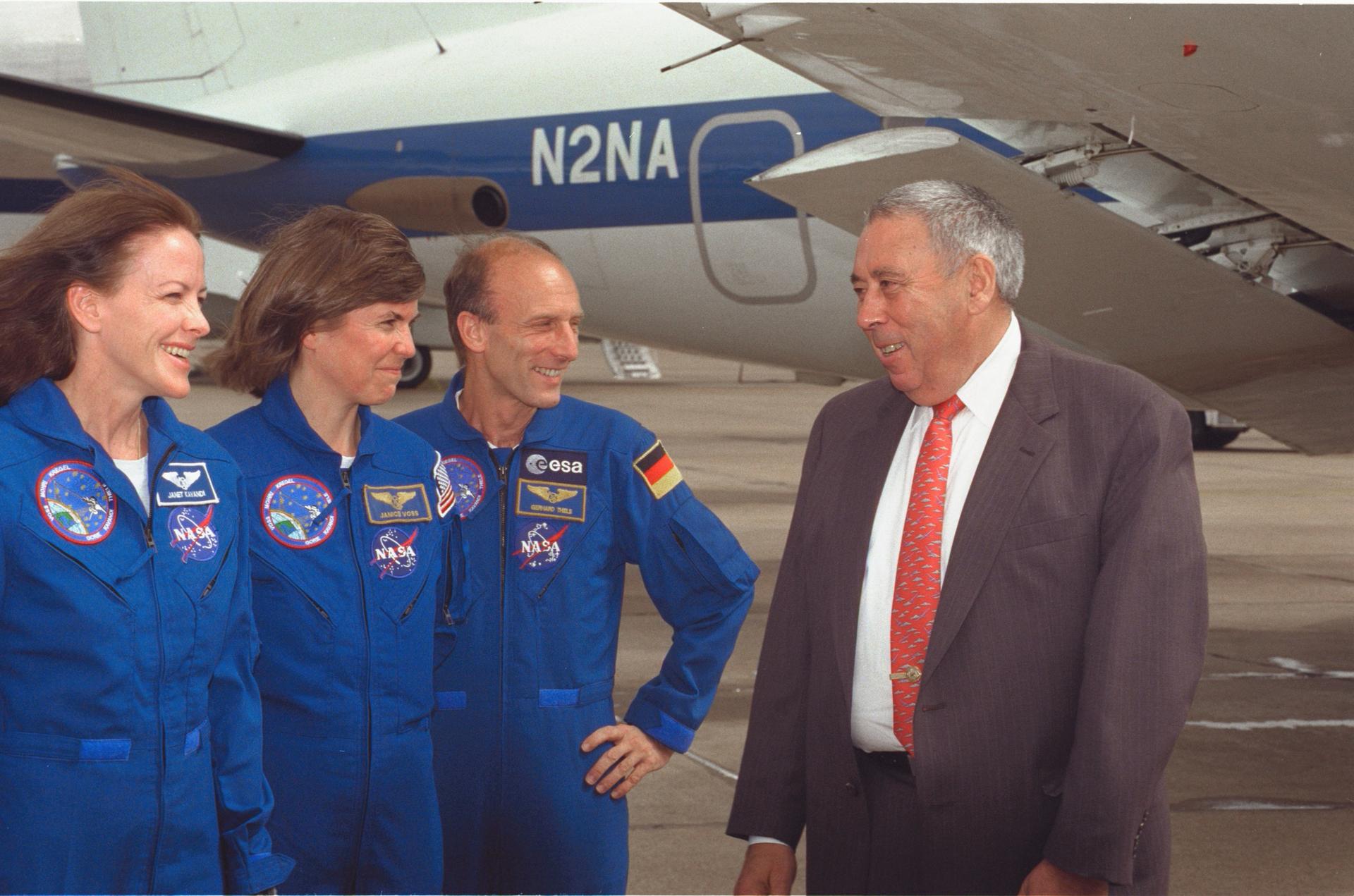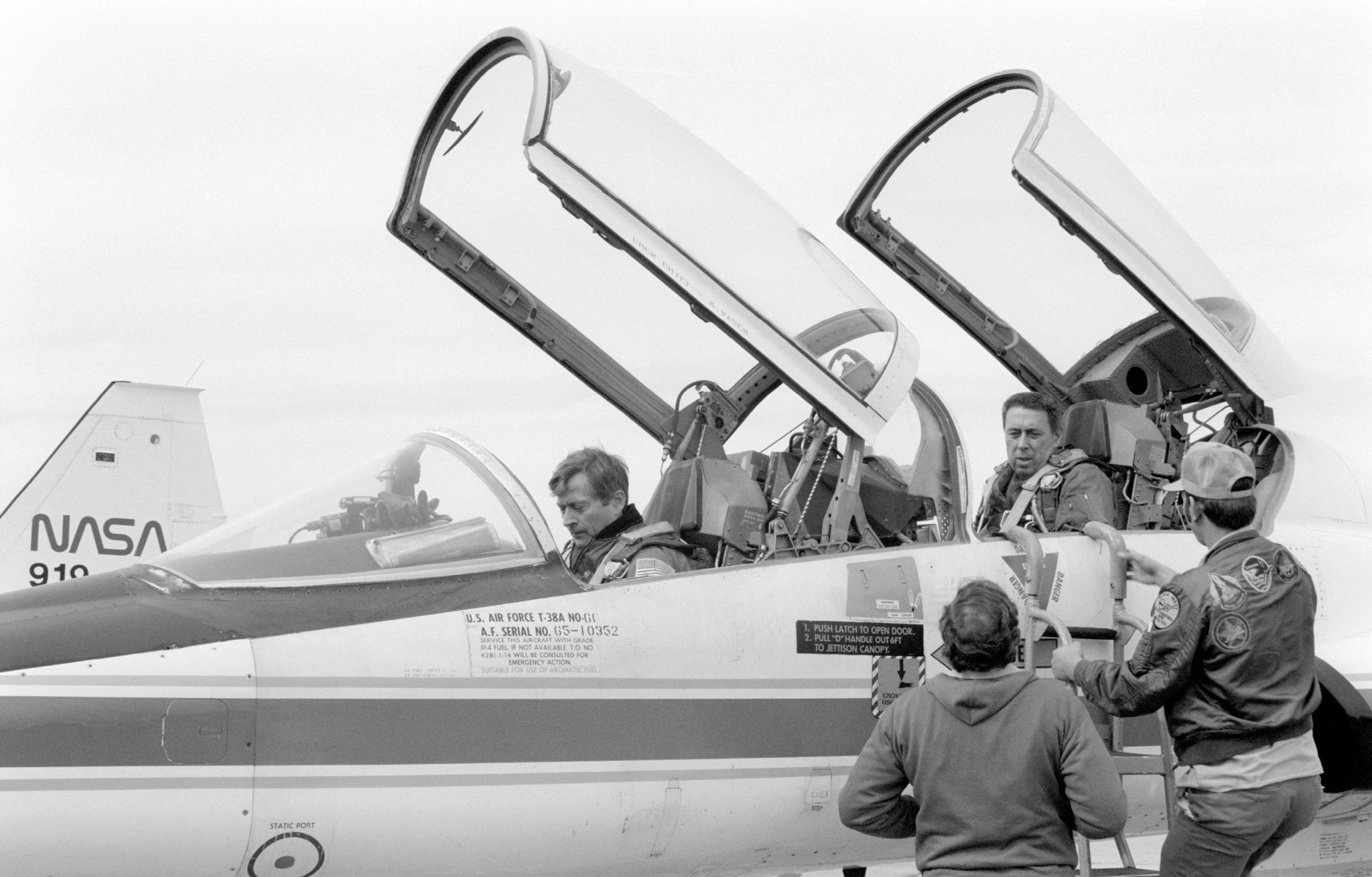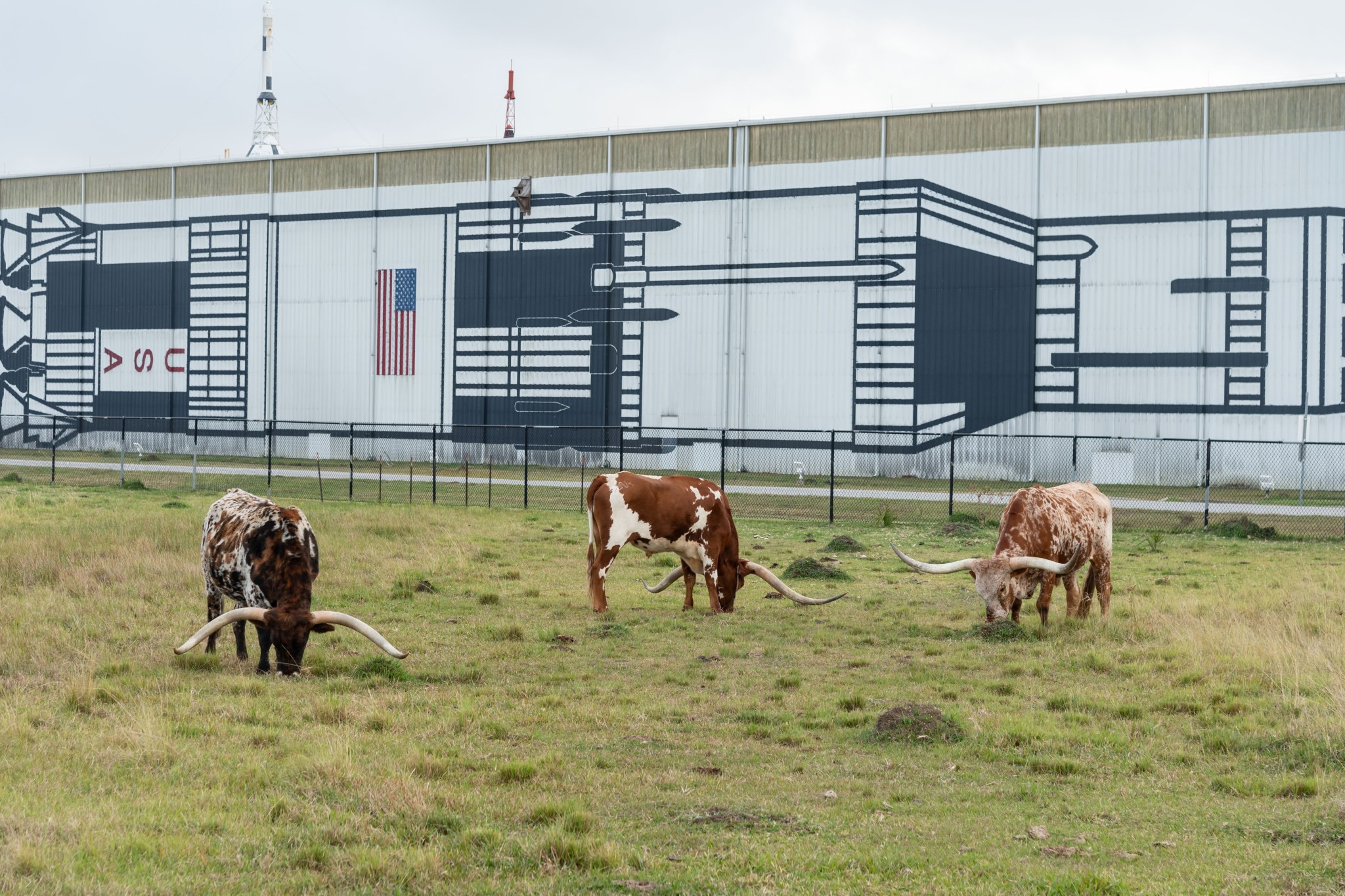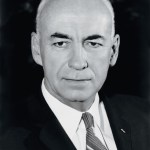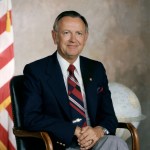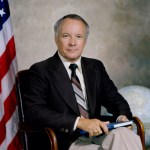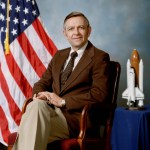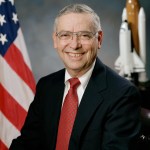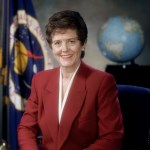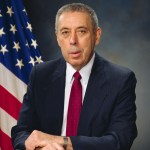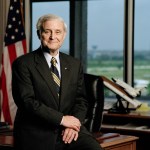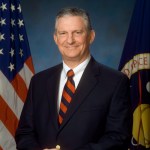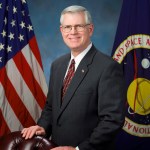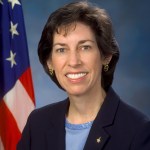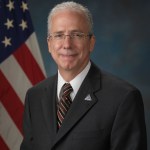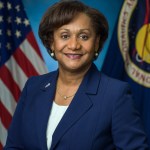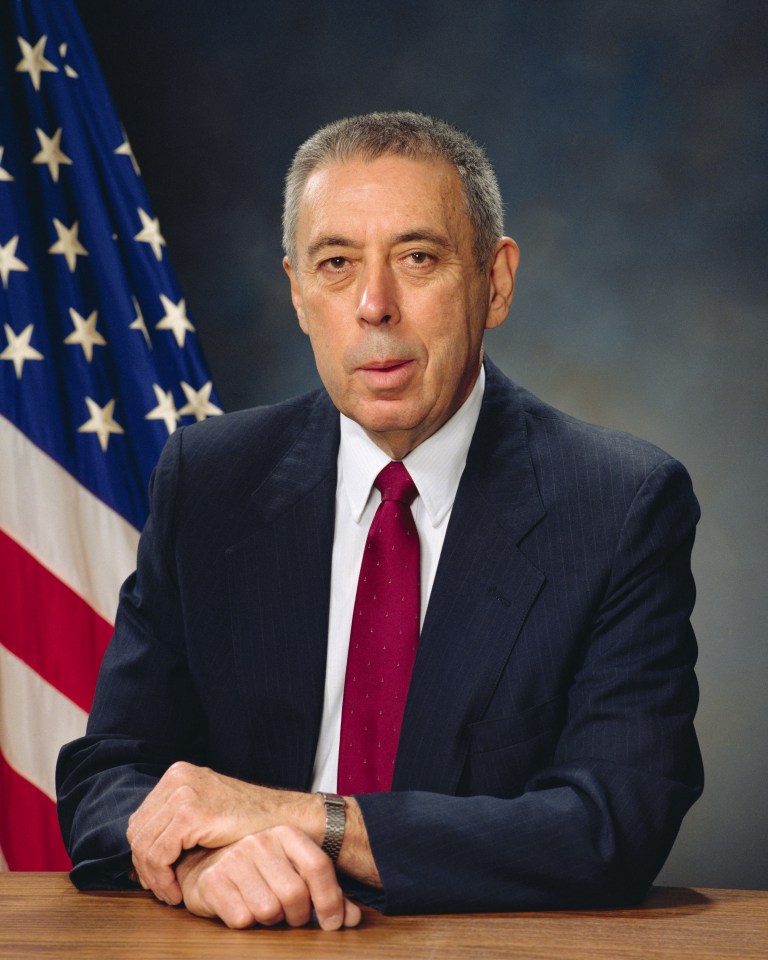
George W.S. Abbey
Johnson Space Center Director, 1996 - 2001
In January 1996, George W.S. Abbey became Johnson Space Center’s seventh director. At the time of his appointment, he had worked for NASA for more than 30 years.
His spaceflight career began in 1964, when, as an Air Force officer, he was detailed to the Manned Spacecraft Center. Three years later, Abbey was technical assistant to the Apollo Spacecraft Program manager where he supported the Apollo 1 accident investigation and was a leader in developing and implementing critical safety improvements required to resume Apollo flights. He later became the center director’s technical assistant.
As NASA was preparing for the space shuttle to take flight, Abbey was named director of Flight Operations. In this position he was responsible for astronaut training and development as well as mission operations support for the new program’s Approach and Landing Tests, the Orbital Flight Tests, and early operational flights of the Shuttle Program. He was also responsible for the selection of shuttle astronauts, which in 1978 included the first female and minority spacefarers. In 1985, Abbey became director of the newly formed Flight Crew Operations Directorate, which managed NASA’s crews and the center’s Aircraft Operations Office.
Three years later, after the loss of space shuttle Challenger and her crew, Abbey moved from Houston to Washington, DC, where he served as NASA’s deputy associate administrator for Space Flight. In recognition of his extensive contributions to the nation’s space program he was also appointed as senior director for Civil Space Policy on the National Space Council, Executive Office of the President. After the 1992 presidential election, he was named special assistant to NASA’s new administrator, Daniel S. Goldin, where he played a key role in establishing the agency’s new management team following the change in presidential administrations. Abbey returned to the Johnson Space Center when he became its deputy director in January 1994. Two years later he became its director.
During his tenure, Goldin appointed Johnson Space Center the “Lead Center” for space station and space shuttle. Both programs had been previously controlled by NASA Headquarters, and this decision gave Abbey greater responsibility for America’s human spaceflight programs. His authority extended into basic decisions such as reaffirming the leadership of both programs and chairing all the Space Shuttle Flight Readiness Reviews. During his time in this role, the space shuttle flew more than 25 successful missions; the joint U.S. and Russian Shuttle-Mir Program was completed, providing important information for long-duration spaceflight; and the JSC team helped develop and launch the first elements of the International Space Station, which marked the beginning of a new era in space exploration.
Abbey also worked to improve relationships in the surrounding community. He launched the Longhorn Project, giving local students the opportunity to learn about animal husbandry, aquaculture, and fruit and vegetable cultivation. The project cemented relationships with the Clear Creek Independent School District, the Houston Livestock Show and Rodeo and their local Go Texan committee, and the Texas Longhorn Breeders Association. JSC aided in the development of the Discovery Pyramid at Moody Gardens in Galveston, containing a celebration of the history and future of space exploration. Five years later, Abbey became the senior assistant for International Issues at NASA and officially retired from the Agency in 2003.
In December 2021, the Johnson Space Center renamed the park just outside of the main gate for Abbey, to recognize the role he played in the nation’s human spaceflight programs. The George W.S. Abbey Rocket Park features a restored Saturn V rocket and is a popular stop on the tram tour for Johnson’s visitor center, Space Center Houston.
George Abbey died on March 24, 2024. NASA Johnson Space Center Director Vanessa Wyche, marked the occasion by saying, “Today NASA mourns the loss of former Johnson Space Center Director George Abbey, a true visionary and transformational leader.” She continued, “George’s dedication to human spaceflight remained steadfast. As the NASA family mourns his passing, we are grateful for his leadership and the legacy he leaves behind.”
